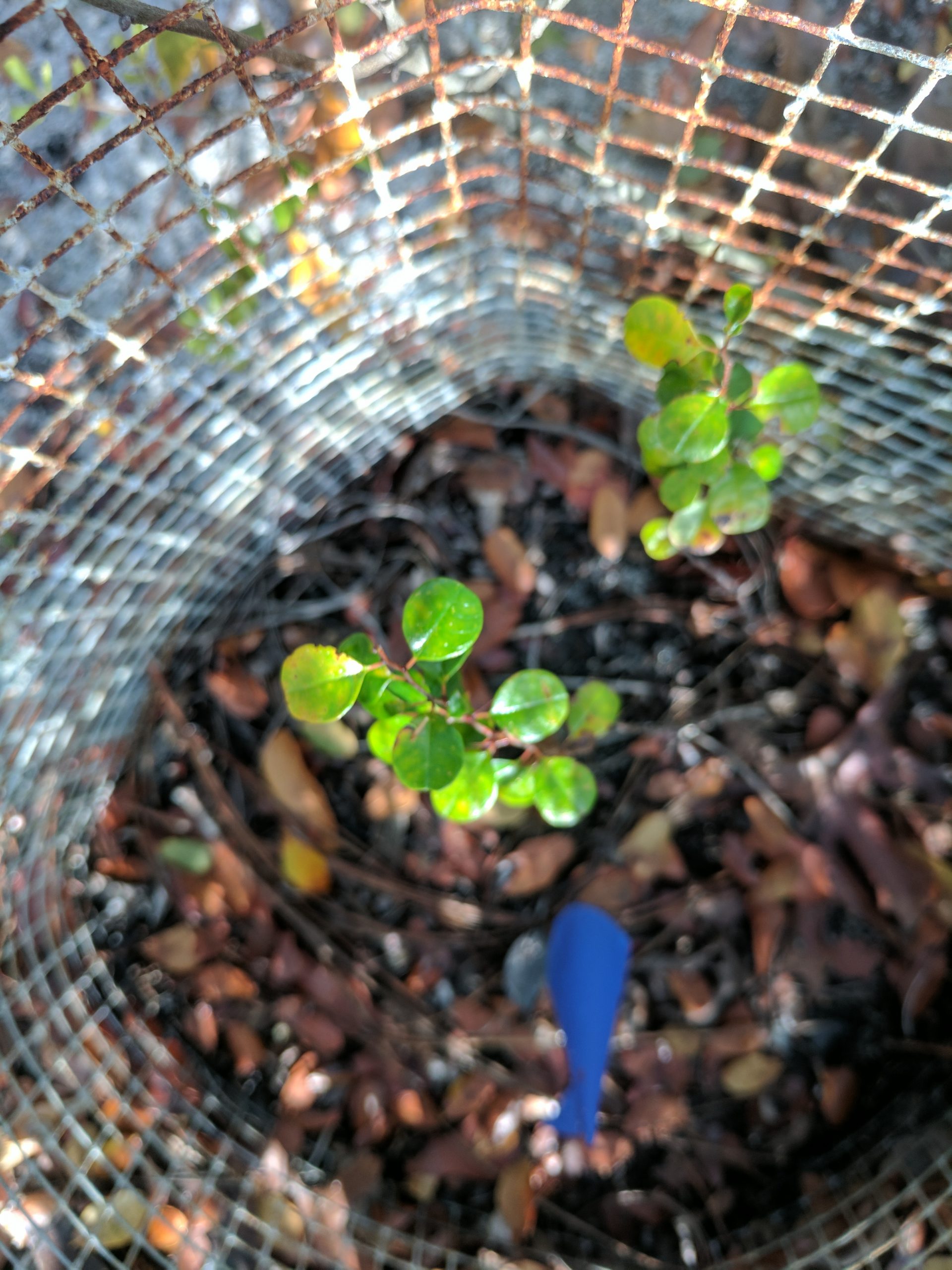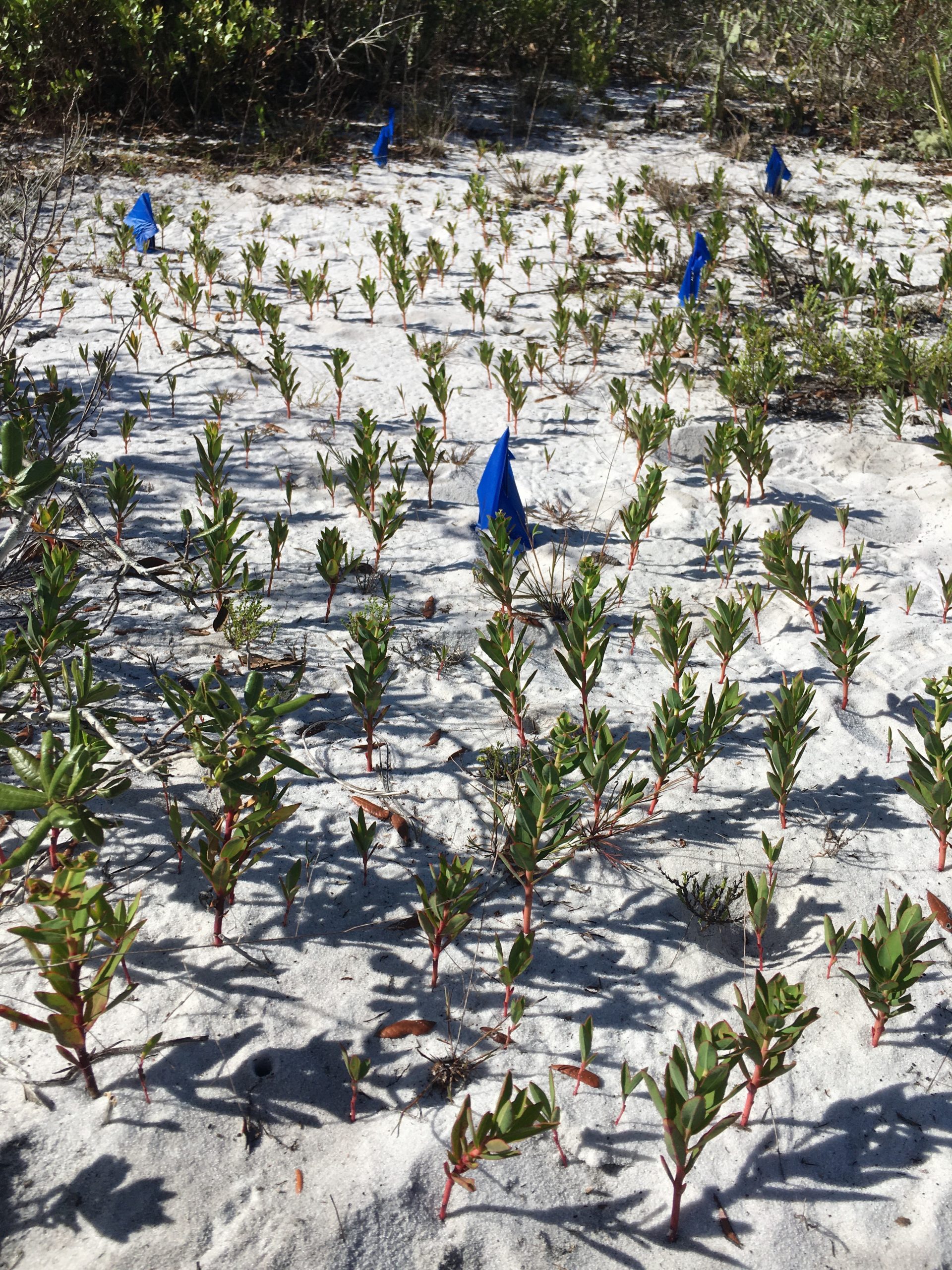Genetic Insights Into the Conservation of Endangered Plants
When it comes to conserving rare or endangered species, conservation biologists say that their goal is to conserve as much genetic diversity as possible. But why? The answer is that genetic diversity is responsible for producing many of the physical and functional differences among individuals that help a species to be resilient and adaptable when faced with environmental stressors, such as drought or novel diseases. For example, if a disease infects a population, the probability that some individuals will be resistant to the disease is likely much greater in a genetically diverse population than one in which all of the individuals are genetically identical. Thus, when we make a plan to conserve an endangered species, we must make sure that our efforts encompass the range of genetic diversity present in a species.
This approach comes with a challenge, however – genetic diversity is not something that you can observe in the field. When we’re making collections for a conservation collection, we can’t immediately know how much genetic diversity is contained within each population, or how individuals or populations differ genetically. This is where the field of conservation genetics comes in. Conservation genetics allows us to precisely measure how genetic variation is distributed within and among populations, so that we can effectively conserve it in the most efficient way possible. The following examples provide a window into how the Conservation Genetics lab at the Missouri Botanical Garden is using genetic analysis to help guide conservation efforts for many endangered plant species.
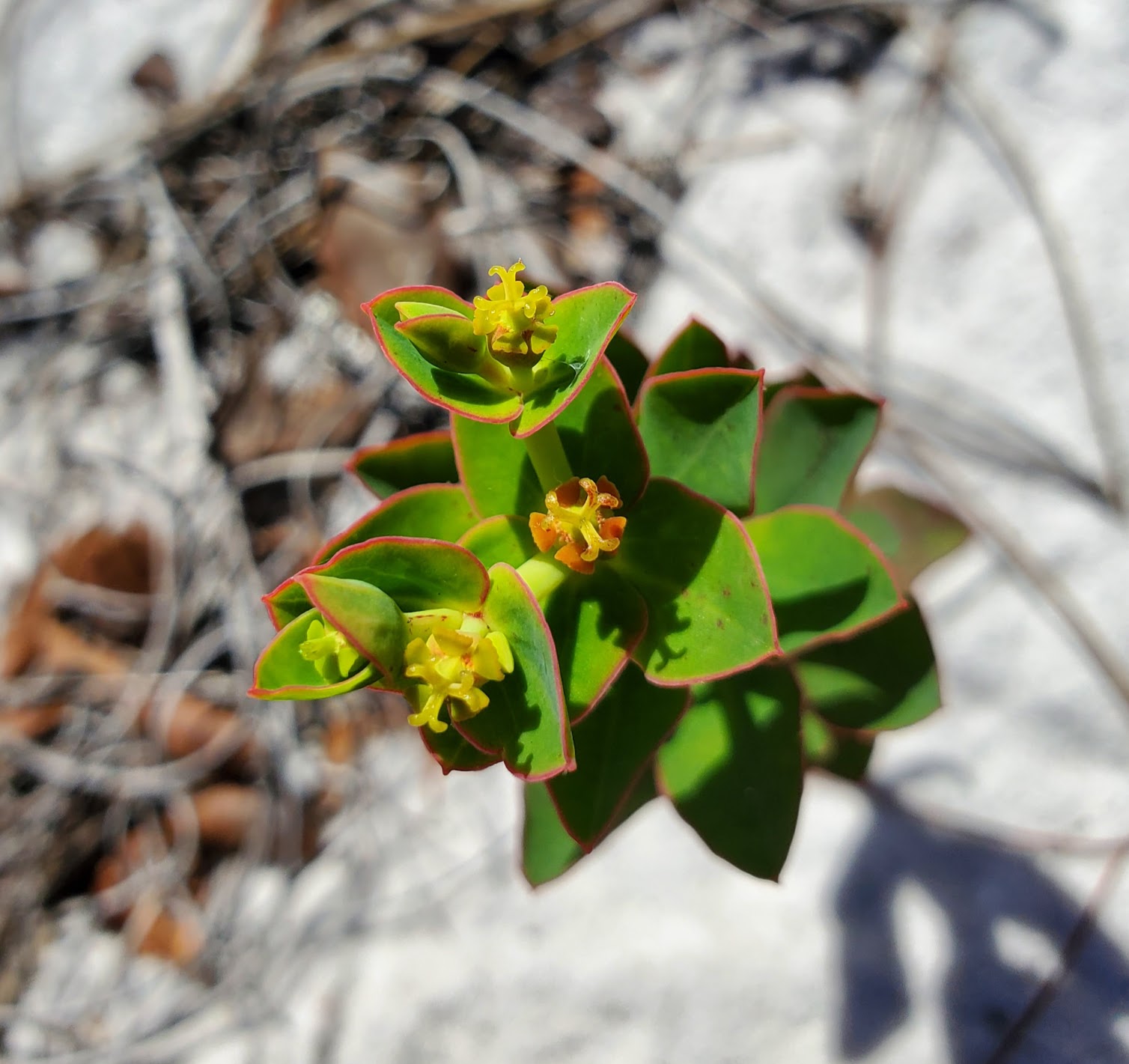
The first step in a conservation study is to collect leaf tissue from populations spread throughout the geographic range of the species and multiple individuals per population. In the lab, the researcher extracts DNA from each individual and determines its genotype. Comparisons of these “DNA fingerprints” enable conservation geneticists to identify individuals or populations that are more genetically similar to each other, and to determine how those individuals are distributed across the landscape. Once we have a broad picture of the genetic structure within and among populations, we can begin to make specific conservation recommendations based on the goals of a particular project.
One of the first goals of many conservation genetics studies is to determine the number of unique individuals of a species in the wild. This is particularly important for plant species suspected of being clonal (having multiple stems connected underground by their roots or rhizomes). The conservation genetics lab at MBG has identified clonality in several endangered and threatened species. One notable example is a genetic study of the Florida-endangered species, Euphorbia rosescens, conducted in collaboration with researchers at Archbold Biological Station. Although thousands of stems of E. rosescens exist, the surprising results showed that the species is highly clonal, with most stems in a site representing only one or a few distinct individuals. In fact, we found that only a few dozen genetically unique individuals exist in the whole species. Based on its small population size, E. rosescens is much more imperiled than previously thought. To ensure its conservation, it will be important to sample germplasm from each of the remaining unique individuals and conserve them in the CPC National Collection.
Conservation genetics is also useful for the measurement of relatedness among individuals and populations, in order to determine which populations differ from one another and should be conserved. We recently analyzed genetic structure in three federally listed Midwestern plant species: Physaria filiformis, Leavenworthia exigua var. laciniata, and Geocarpon minimum. All three are annuals endemic to glade habitats in the Midwestern U.S. Despite the similarities in life cycle and habitat, we found that the mating system differed among species, resulting in dramatic differences in how many unique populations exist. In one species, we even identified a group of populations that represent a previously unknown new species. With this information, we were able to devise unique strategies to conserve the genetic variation of each species and to ensure that the ex situ collections at MBG now represent as much genetic diversity as possible. This example highlights the importance of conducting a genetic study to help optimize conservation planning.
-
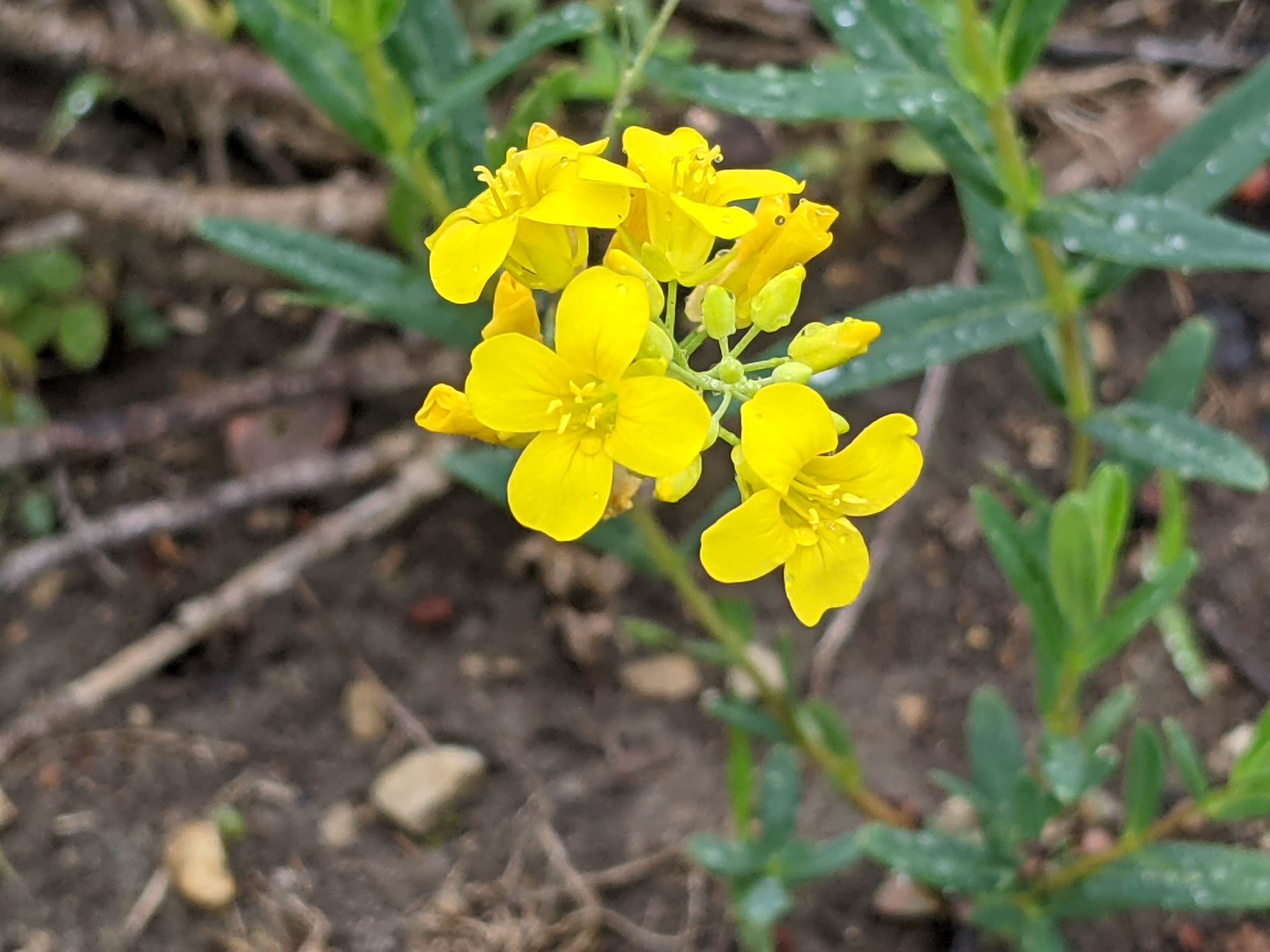
Physaria filiformis, a federally threatened species endemic to Missouri and Arkansas. Photo credit: Christy Edwards. -

Leavenworthia exigua var. laciniata. Photo Credit: Adam B., 2018. -
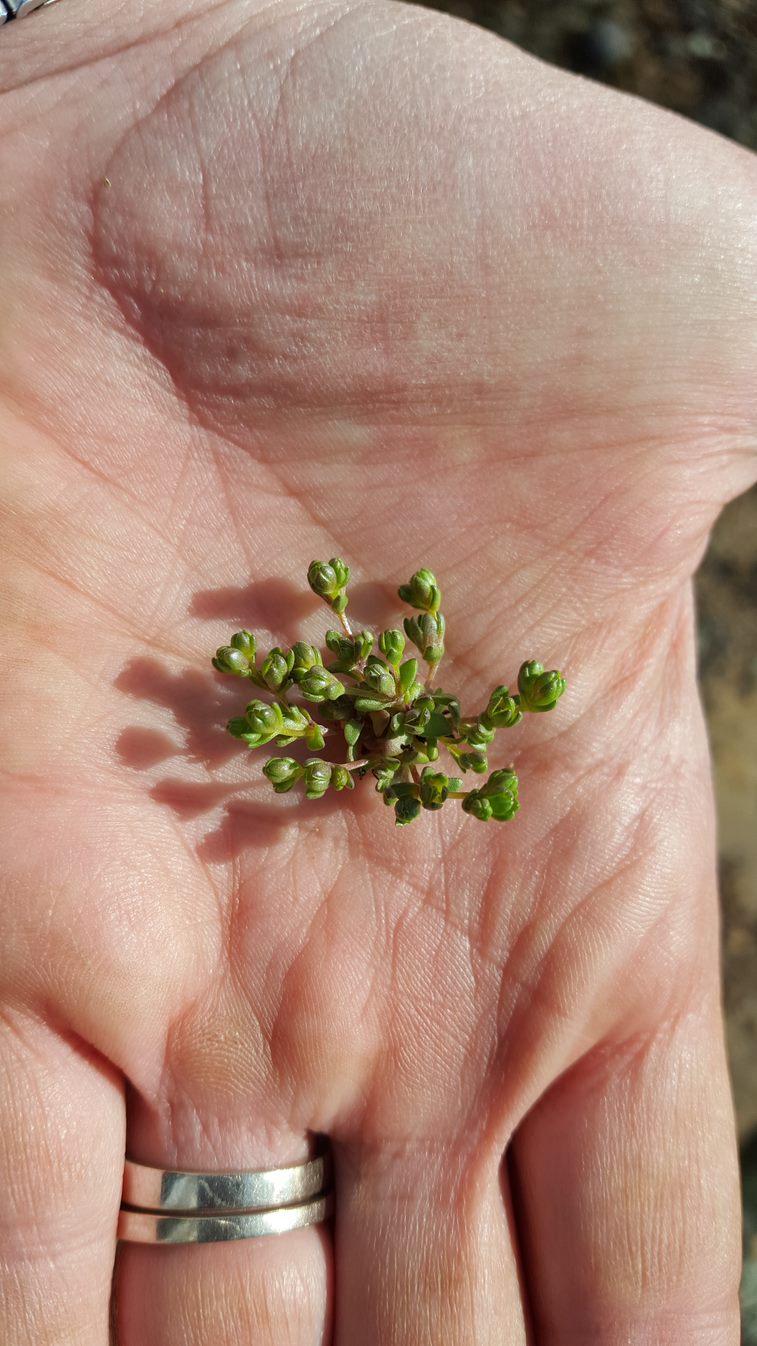
Geocarpon minium, a federally threatened, diminutive plant species. Genetic analysis showed that Geocarpon likely has a predominantly selfing mating system with strong structuring of genetic variation across small spatial scales. Photo credit: Christy Edwards.
Another application of genetic data is to assess the genetic diversity present in living collections in botanical gardens and guide reintroduction efforts. Ziziphus celata is a federally endangered, clonal species endemic to Florida, and only a handful of individuals remain in the wild. At Bok Tower Gardens, some individuals have been cloned and propagated, and these plants are now reproducing. The resulting seeds have been germinated and used by colleagues at Archbold Biological Station for reintroductions and augmentations of wild populations. As part of the collaboration, MBG’s conservation genetics lab uses genetics to help guide these reintroduction efforts. Because very few parents are contributing to the populations, genetic information allows us to ensure equal contributions of parents in the reintroductions. We are thus able to minimize the harmful effects of inbreeding and increase the likelihood of creating genetically diverse, self-sustaining populations of Z. celata.
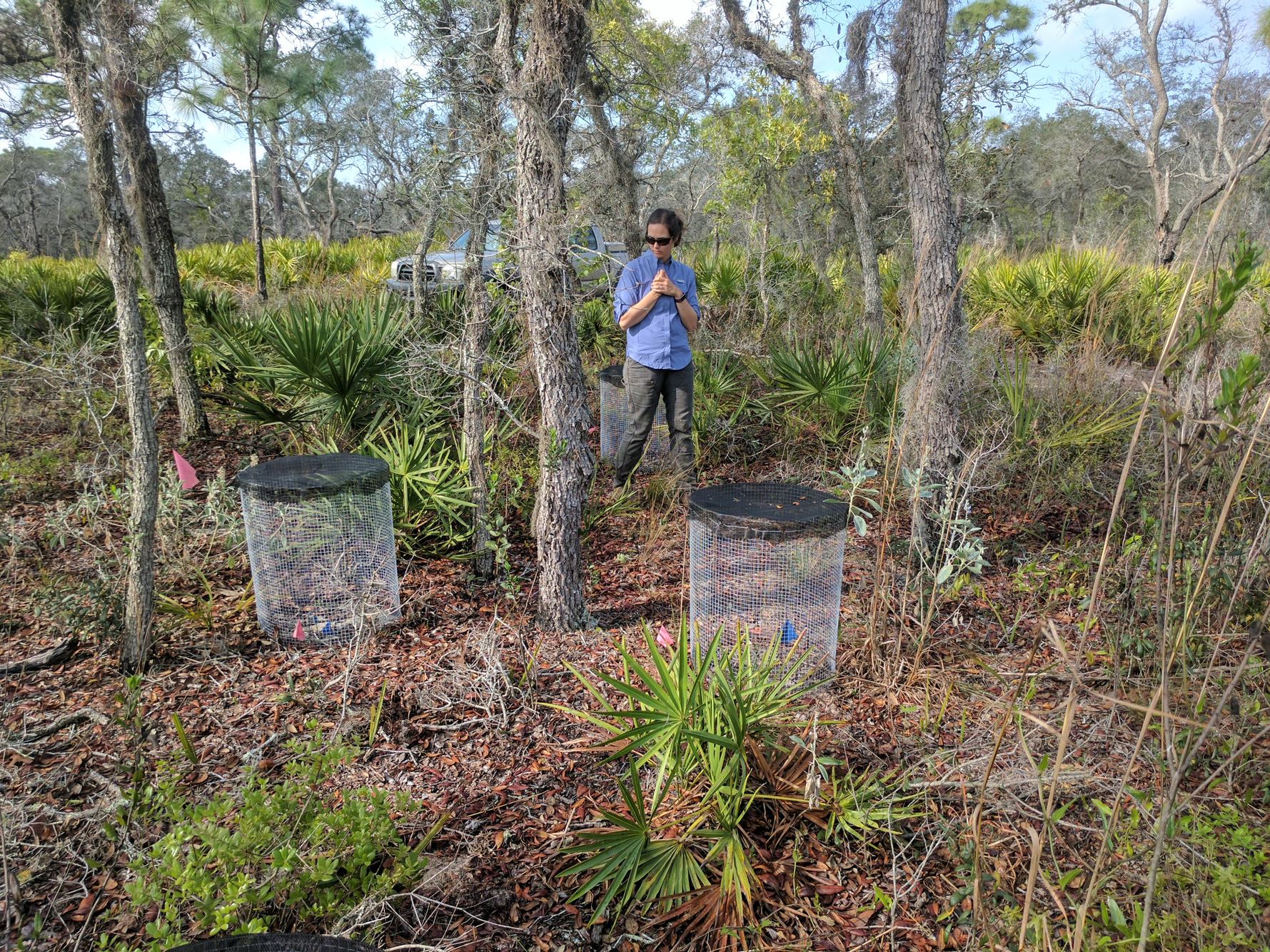
All of these studies involve collaborations between the MBG conservation genetics lab and the ecologists and collections managers who work to effectively safeguard genetic variation of critically endangered species. The insight into genetic diversity provided by conservation genetics combined with the efforts of conservation ecologists and land managers to conserve that diversity is key to achieving the goal of ensuring long-term persistence of many unique, endangered plant species

